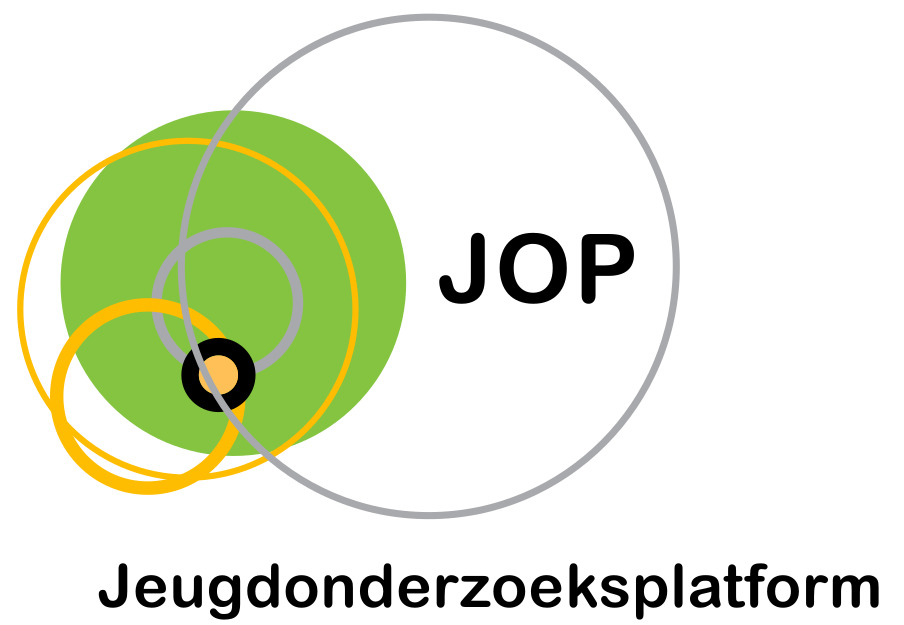Attachment and the development of depressive symptoms in adolescence: The role of regulating positive and negative affect.
Auteurs
Verhees, M., Finet, C., Vandesande, S., Bastin, M., Bijttebier, P., Bodner, N., Van Aswegen, T., Van de Walle, M., Bosmans, G. (2021).

Abstract
Hoewel algemeen aanvaard, is de hypothese van de gehechtheidstheorie dat onveilige gehechtheid geassocieerd is met de ontwikkeling van depressieve symptomen door emotieregulatiestrategieën nog nooit longitudinaal getest in de adolescentie. Bovendien richtte eerder onderzoek zich enkel op strategieën voor het reguleren van negatief affect, terwijl strategieën voor het reguleren van positief affect ook kunnen dienen als een mechanisme dat onveilige gehechtheid koppelt aan depressieve symptomen. Deze studie trachtte deze onderzoeksgaten op te vullen door te testen of de associatie tussen gehechtheid en verandering in depressieve symptomen doorheen de tijd verklaard kan worden door strategieën voor het reguleren van negatief en positief affect in de adolescentie. Adolescenten (N = 1706; 53% meisjes; Mage = 12.78 jaar, SDage = 1.54 op Tijd 1) werden drie keer getest, met een interval van 1 jaar tussen de meetmomenten. Ze rapporteerden over hun bindingsangst en vermijding op tijdstip 1, depressieve symptomen op tijdstippen 1 en 3, en regulatie van negatief affect (piekeren en dempen) en positief affect (focussen en reflectie) op tijdstip 2. De resultaten van meervoudige bemiddelingsanalyses toonden aan dat meer angstig gehechte adolescenten meer depressieve symptomen ontwikkelden via meer piekeren en dempen. Meer vermijdend gehechte adolescenten ontwikkelden meer depressieve symptomen via verminderde concentratie. Deze bevindingen bieden longitudinale ondersteuning voor de emotieregulatie hypothese van de gehechtheidstheorie, en tonen aan dat de regulatie van zowel negatief als positief affect belangrijk is.
Although widely accepted, attachment theory’s hypothesis that insecure attachment is associated with the development of depressive symptoms through emotion regulation strategies has never been longitudinally tested in adolescence. Additionally, previous research only focused on strategies for regulating negative affect, whereas strategies for regulating positive affect may also serve as a mechanism linking insecure attachment to depressive symptoms. This study aimed to fill these research gaps by testing whether the association between attachment and change in depressive symptoms over time is explained by strategies for regulating negative and positive affect in adolescence. Adolescents (N = 1706; 53% girls; Mage = 12.78 years, SDage = 1.54 at Time 1) were tested three times, with a 1-year interval between measurement times. They reported on their attachment anxiety and avoidance at Time 1, depressive symptoms at Times 1 and 3, and regulation of negative affect (brooding and dampening) and positive affect (focusing and reflection) at Time 2. The results from multiple mediation analyses showed that more anxiously attached adolescents developed more www.jeugdonderzoeksplatform.be 2 depressive symptoms via increased brooding and dampening. More avoidantly attached adolescents developed more depressive symptoms via decreased focusing. These findings provide longitudinal support for attachment theory’s emotion regulation hypothesis, and show that the regulation of both negative and positive affect is important.
Referentie
Verhees, M., Finet, C., Vandesande, S., Bastin, M., Bijttebier, P., Bodner, N., Van Aswegen, T., Van de Walle, M., Bosmans, G. (2021). Attachment and the development of depressive symptoms in adolescence: The role of regulating positive and negative affect. Journal Of Youth And Adolescence, 1-14
Taal
Engels
Publicatievorm
Tijdschriftartikel
ISBN – DOI
10.1007/s10964-021-01426-y
